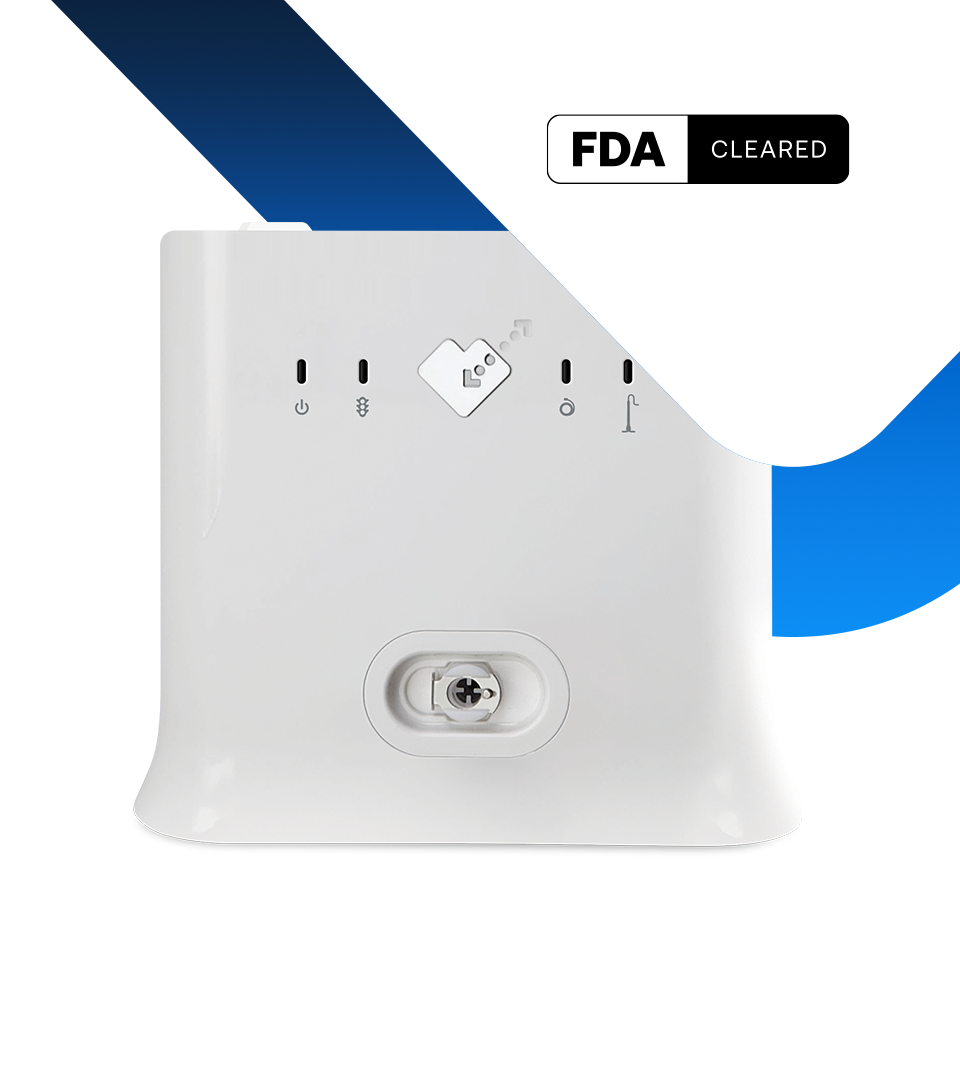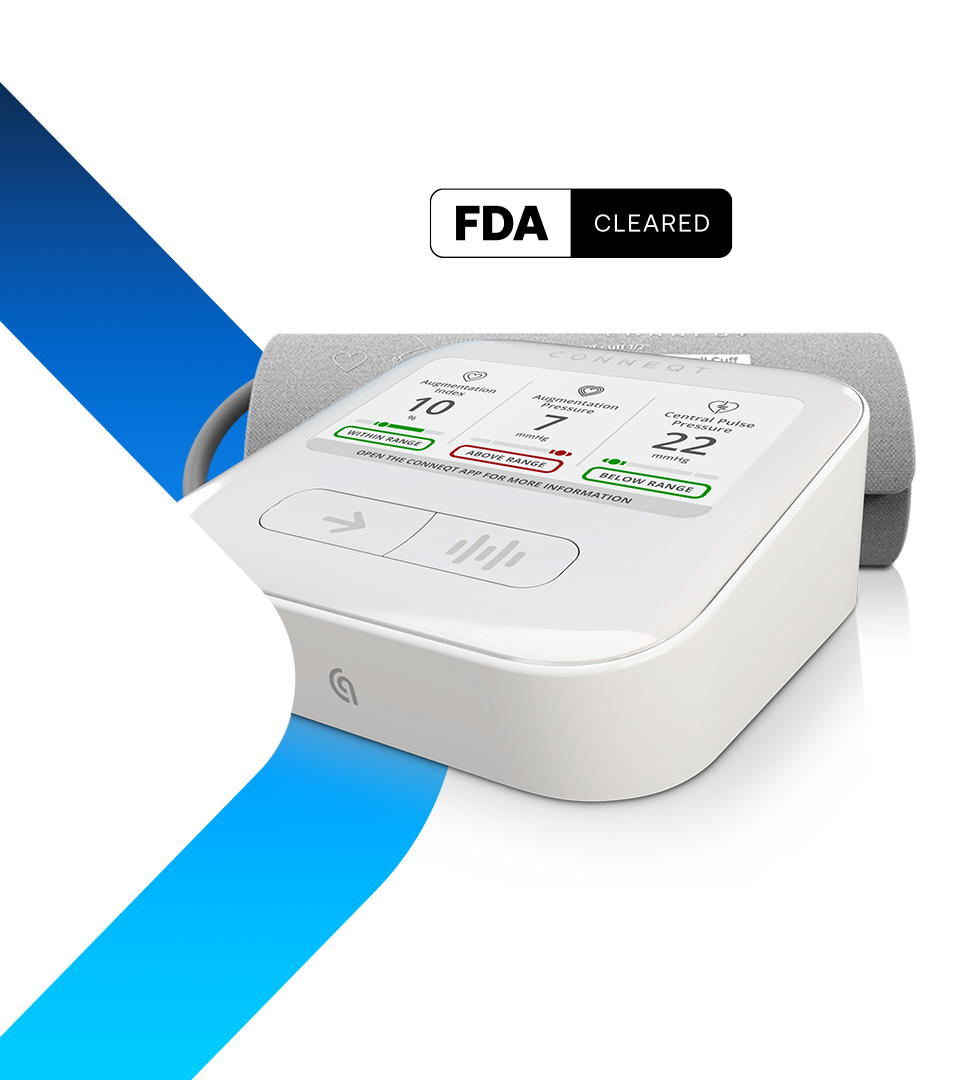Drug and Device Development
Harnessing Vascular Biomarkers for Next-Generation Therapies

Transform Drug Discovery with Vascular Phenotyping
Vascular phenotyping utilizes vascular biomarkers to evaluate arterial stiffness and cardiovascular function. This approach offers critical insights into the effects of new compounds and devices on the vascular system, aiding in the identification of potential efficacy and adverse reactions. Early quantification of these biomarkers allows researchers to more precisely predict clinical outcomes, speeding up the development of promising candidates and reducing the risk of costly late-stage failures.
Vascular Biomarkers Explained
Clinical Trial & Research Partners





























Enhance The Success of Every Trial
Clinical Trials Management
Our comprehensive clinical trial management service encompasses a suite of offerings tailored to streamline the collection and analysis of vascular biomarkers. From protocol design to data management and analysis, we ensure precise and efficient capture of vascular health data throughout your trial. Our cutting-edge technology enables real-time insights into patient responses, enhancing trial accuracy and accelerating the pathway to regulatory approval and market entry for new therapies.
With our expertise in clinical trial management and vascular biomarker analysis, we provide a seamless and efficient solution to meet your trial's needs, ensuring compliance with regulatory requirements and achieving scientific and medical objectives.

Traditional Clinical Trials
Sphygmocor XCEL offers precise, non-invasive measurements of vascular biomarkers including central blood pressure and arterial stiffness. By integrating these measurements into clinical trials, the device enhances the precision of patient selection and efficacy assessments, ultimately accelerating the development pipeline and improving the safety profile of new therapies.


Decentralized Clinical Trials
CONNEQT Pulse streamlines remote health data collection, gathering real-time physiological and vascular biomarker data without the need for participants to visit clinical sites. This approach enhances participant engagement, reduces logistical burdens, and expands participant reach to remote areas. By improving data quality and quantity while accelerating trial timelines, CONNEQT Pulse facilitates more adaptable, inclusive, and diverse clinical trials.
Capture Ambulatory Data
Oscar 2 excels as a leading ambulatory monitor, capturing vascular biomarkers continuously over 24 hours in non-clinical settings. By monitoring blood pressure dynamics and arterial health in real-world conditions, it enhances the reliability of vascular biomarker assessments, expediting the development of new therapies.

